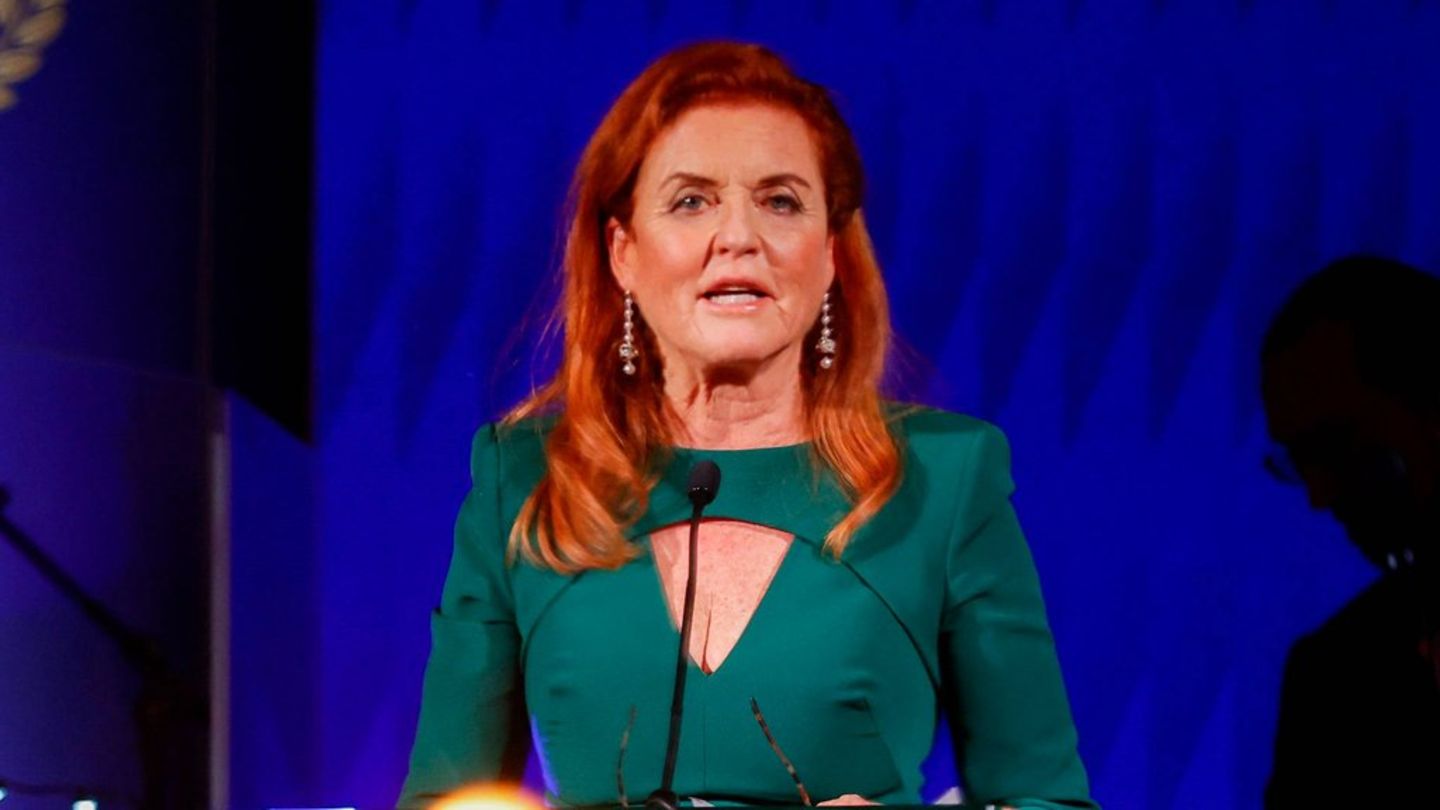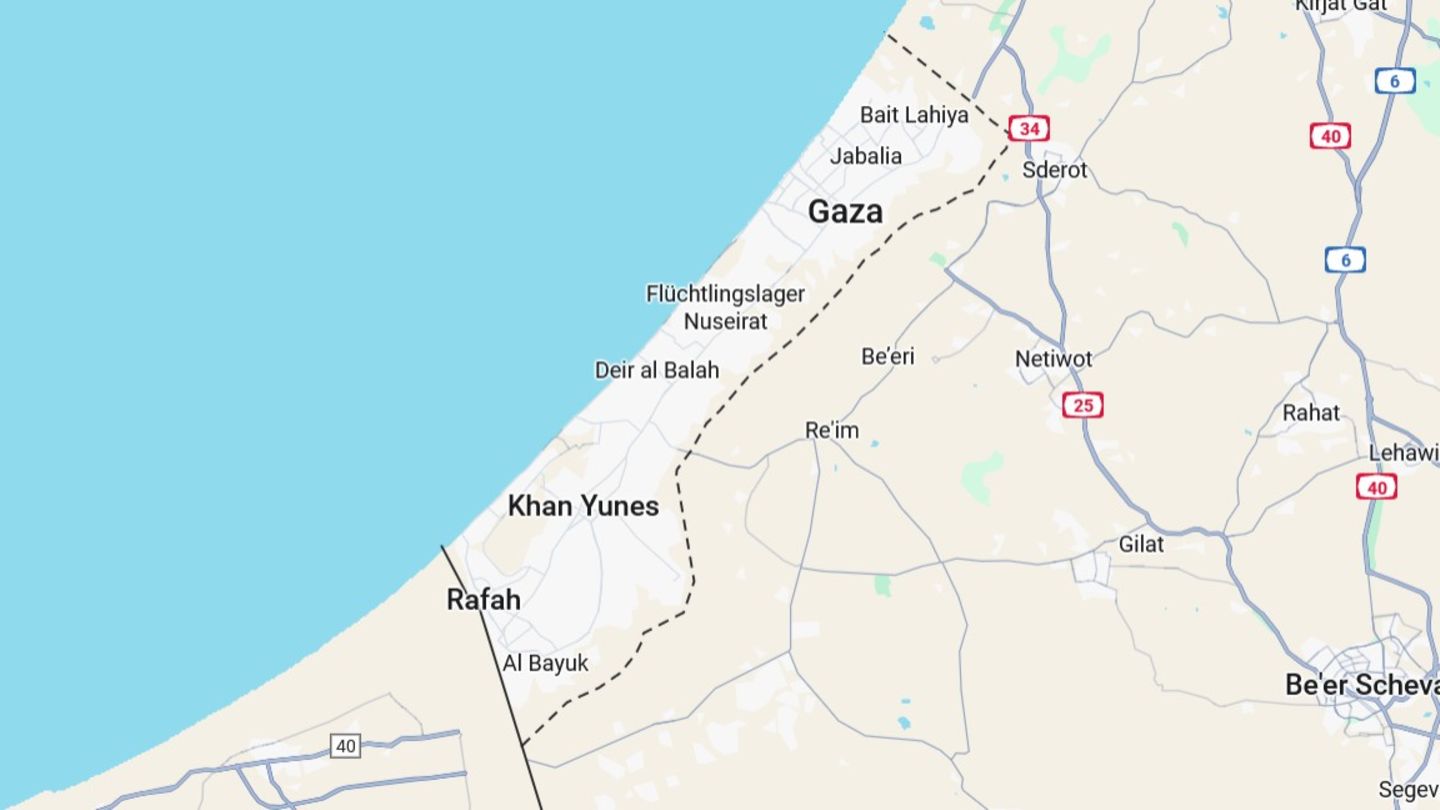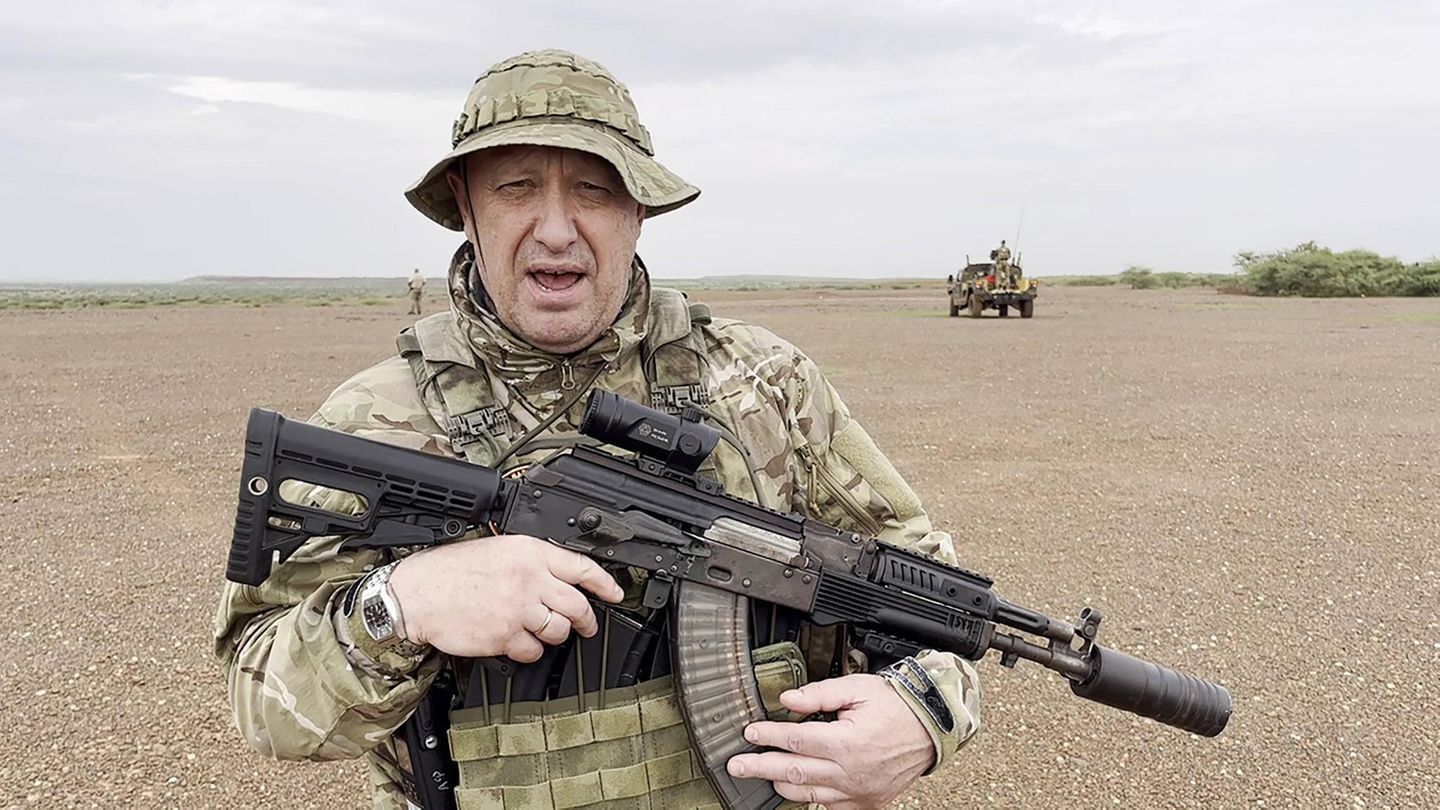I have been working in the news industry for over 6 years, first as a reporter and now as an editor. I have covered politics extensively, and my work has appeared in major newspapers and online news outlets around the world. In addition to my writing, I also contribute regularly to 24 Hours World.
Menu
Yevgeny Prigozhin Buried: What His Burial Reveals
Categories
Most Read
Demonstrations: “No Kings”: mass protests against Trump in the USA
October 19, 2025
No Comments
“No Kings” protests: Trump counters protests with AI videos as king
October 19, 2025
No Comments
Diplomacy: German ambassador temporarily leaves Georgia
October 19, 2025
No Comments
Gaza: Israel’s army accuses Hamas of violating ceasefire
October 19, 2025
No Comments
“No Kings” demos against Donald Trump: The protest was so colorful
October 19, 2025
No Comments
Latest Posts

In just seven minutes, they took jewels from Napoleon and Empress Eugenie
October 19, 2025
No Comments
October 19, 2025 – 09:44 Three men broke into the most famous museum in Paris, smashed display cases and fled with nine priceless historical jewels.

Sarah Ferguson: Massive allegations about Epstein connection
October 19, 2025
No Comments
Lisa HarrisI am an author and journalist who has worked in the entertainment industry for over a decade. I currently work as a news editor

Gaza: Israel’s army confirms airstrikes on Rafah
October 19, 2025
No Comments
Serious allegations against Hamas Israeli army confirms airstrikes on Rafah Listen to article Copy the current link Add to wishlist The situation in Gaza is
24 Hours Worlds is a comprehensive source of instant world current affairs, offering up-to-the-minute coverage of breaking news and events from around the globe. With a team of experienced journalists and experts on hand 24/7.

